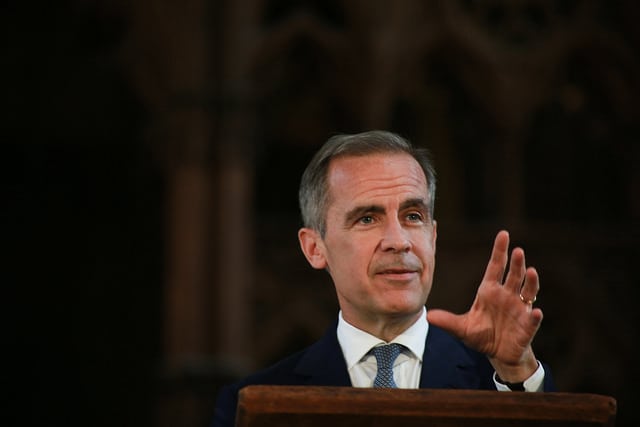Markets had been pricing in a 91% chance of a rate hike.
The near-term outlook had evolved broadly in line with the MPC’s expectations, the minutes from the August meeting said. “Recent data appear to confirm that the dip in output in the first quarter was temporary, with momentum recovering in the second quarter. The labour market has continued to tighten and unit labour cost growth has firmed,” the MPC said.
In May, Bank of England governor Mark Carney was touted as the “unreliable boyfriend” when the monetary policy committee voted to hold rates at 0.5%. A rate rise had been described as a done deal at the preceding monetary policy meeting in March.
Tilney managing director Jason Hollands said rates have been at 0.5% or less for 113 consecutive months. “The decade since the global financial crisis has been an extraordinary one for monetary policy and many savers and investors will have never known a different environment.”
Hollands said 0.75% remains highly accommodative.
The MPC said future increases in the bank rate are likely to be at a gradual pace and to a limited extent.
US hike set for September
Meanwhile, the US Federal Reserve voted on Wednesday to hold rates.
But Lazard Asset Management co-head of multi-asset and head of US Equities Ron Temple said a September hike is a “slam dunk”. “Although we believe the move toward protectionism is a material threat to corporate profits and the economy, we think the Fed’s plan is unlikely to change,” Temple said.
However, others were more cautious on the effect Donald Trump’s trade war could have.
State Street Global Advisors senior portfolio manager for active fixed income and currency Sophia Ferguson said she expects a September rate hike, but will be paying close attention to forward guidance in August’s meeting minutes.
“Should protectionist trade policies materially augment the longer-term trend in real activity, an adjustment to the Fed’s “slow-and-steady” mantra may be warranted.”
Ferguson said she would pay particular attention to the discussion of the yield curve shape and financial conditions in the wake of implemented trade tariffs.










